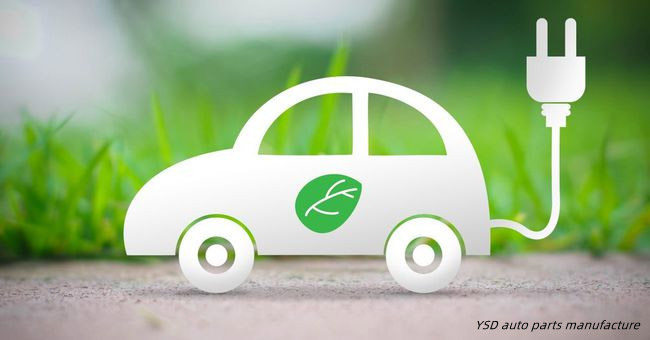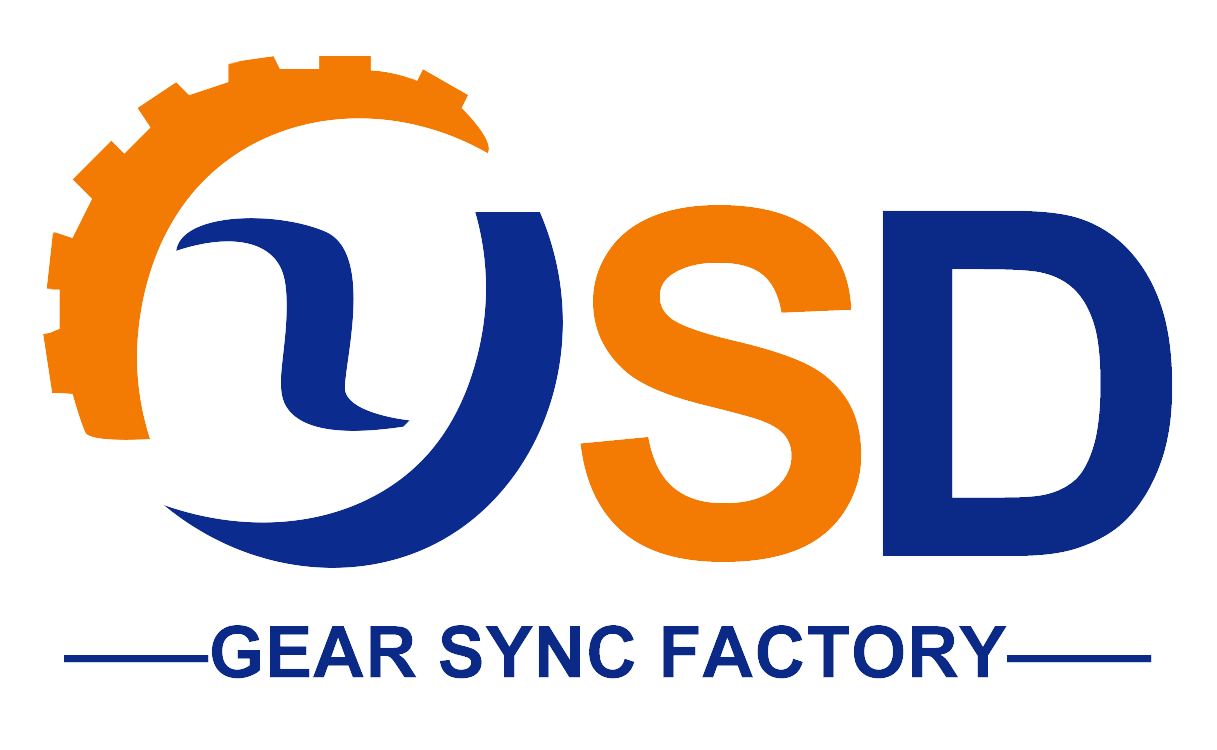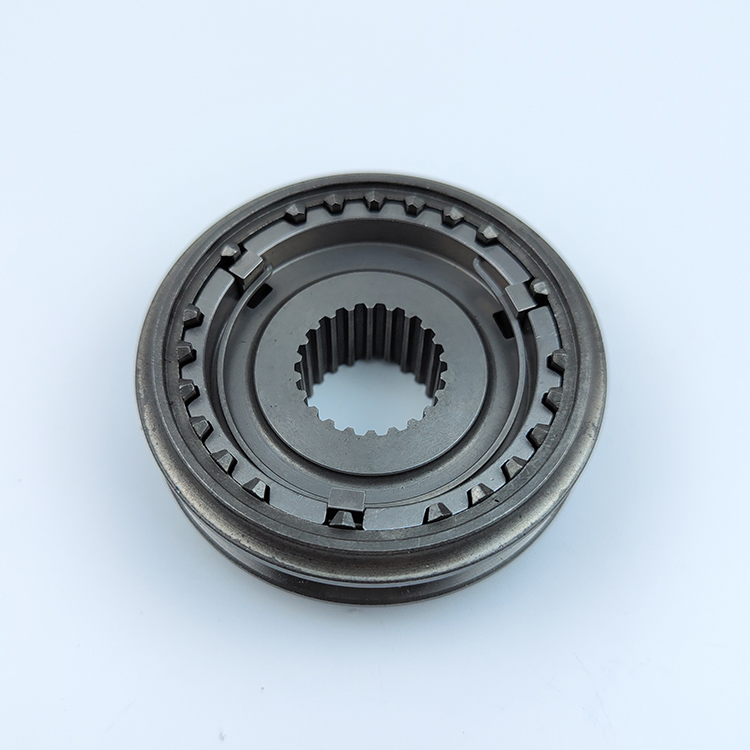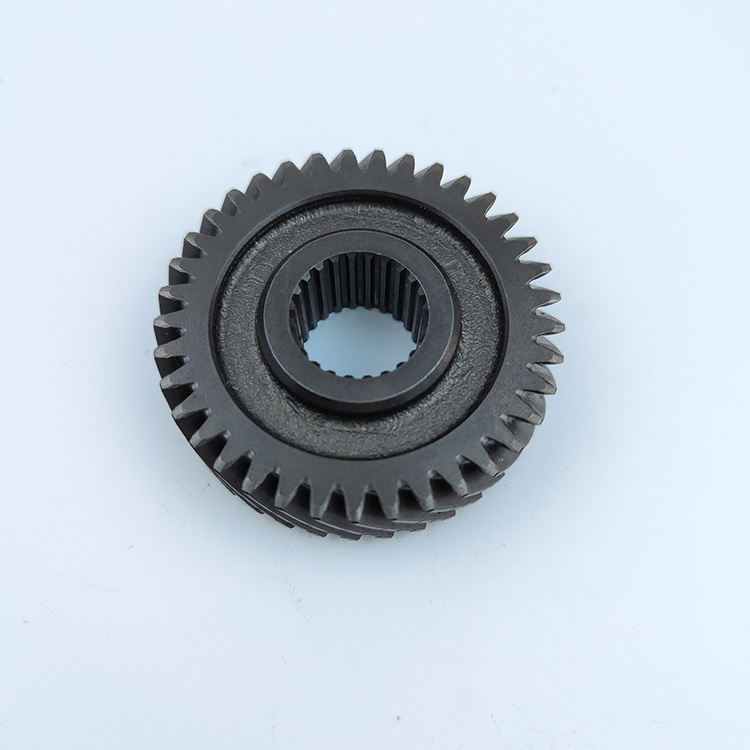Products
New Products
Development trend of electric vehicle accessories
2023-03-01
Domestic status of electric vehicles:
In 2022, the number of motor vehicles in the country will reach 417 million, including 319 million cars; the number of motor vehicle drivers will reach 502 million, including 464 million car drivers.
The number of new energy vehicles reached 13.1 million, and 5.35 million were newly registered throughout the year. As of the end of 2022, the number of new energy vehicles in the country will reach 13.1 million, accounting for 4.10% of the total number of vehicles, and the number of canceled write-offs will increase by 5.26 million compared with 2021, an increase of 67.13%. Among them, the number of pure electric vehicles is 10.45 million, accounting for 79.78% of the total number of new energy vehicles. In 2022, 5.35 million new energy vehicles will be newly registered nationwide, accounting for 23.05% of the total number of newly registered vehicles, an increase of 2.4 million or 81.48% compared with the previous year. The number of newly registered new energy vehicles will increase rapidly from 1.07 million in 2018 to 5.35 million in 2022.
There are 84 cities across the country with more than one million cars, an increase of 5 cities year-on-year, 39 cities with more than 2 million cars, and 21 cities with more than 3 million cars, including more than 5 million cars in Beijing, Chengdu, Chongqing and Shanghai, and Suzhou , Zhengzhou, Xi'an, Wuhan more than 4 million vehicles, Shenzhen, Dongguan, Tianjin, Hangzhou, Qingdao, Guangzhou, Foshan, Ningbo, Shijiazhuang, Linyi, Changsha, Jinan, Nanjing and other 13 cities more than 3 million vehicles.
Current status of accessories demanded by different countries:
According to the data of Guangdong Trade Research Institute, in 2020, the scale of the global auto parts aftermarket is 983 billion US dollars, and it is expected to reach 1,370 billion US dollars in 2030; the scale of e-commerce is expected to grow from 47 billion US dollars in 2020 to 292.6 billion US dollars in 2030, The compound annual growth rate is 20%, and the proportion of e-commerce sales will increase from 4% to 20%.
The automobile and motorcycle parts market is huge, and the development of each sub-category is different, and the needs of each specific country are also different.
In terms of categories, they can be simply divided into DIY and DIFM. These products are mainly sold offline or online in B2B. Li Jin, an operation expert in the auto and motorcycle parts industry at Ali International Station, told the brand factory that auto parts products have a high degree of standardization , such as brake pads, as long as the brake pads are suitable for a certain model, there is no difference in the parameters from the OEM and the aftermarket. This part of the product also has more B-end buyers.
In the traditional B2B model, merchants need to participate in overseas exhibitions. Due to the influence of time, frequency and location, the reach rate is low. However, after the rise of online B2B cross-border e-commerce led by Alibaba International Station, it has greatly improved the overseas development of merchants. The efficiency of the market, "the auto parts industry has always existed. Since the last six or seven years, we have operated it as a core industry," Li Jin said, "currently the largest purchase volume is in the United States, followed by the European Union, Japan and South Korea. Southeast Asia and South America belong to the second echelon.”
For modified parts categories, such as car lights, bumpers, car seat covers, car storage, car electronic products and other sub-categories, they have more advantages in B2C sales and show a trend of brand development. Daniel said that from branded packaging to the establishment of after-sales systems, including hotlines, services, and after-sales support, many sellers have begun to build a systematic brand image.
Different countries have different car models and consumer demands. From the high-end European and American markets to the low-end Southeast Asian markets, they can all provide good prospects for increasing revenue for different auto and motorcycle parts manufacturers. Liao Huaxin said that in the Southeast Asian market, the models on the market are mainly second-hand cars that have been eliminated from Japan and South Korea. Many models have reached the age of replacement, and original components are expensive and hard to find. Motorcycle parts manufacturers provide a market.
Qimo said that in Russia, the weather is cold, and some emergency products, such as car electrical appliances and starter power supplies for heaters, are more popular; while the Korean market has stronger spending power, and technology-oriented car refrigerators and smart boxes are more popular in South Korea. In France, the penetration rate of electric vehicles is higher, and charging piles for electric vehicles are relatively popular; in the United States and Canada, there is a greater demand for car modification and refurbishment.
Qimo mentioned that there are two development trends for overseas auto and motorcycle equipment. One is the intelligentization of old cars. Smart multimedia players, smart boxes, and electronic products all have good prospects for future development; the other is the development of new energy vehicles. Half of the world's new energy vehicle industry chain is in China, and electric vehicle accessories will be a new outlet.
"Take the charging piles of electric vehicles as an example. On Double 11 this year, the number of charging piles for electric vehicles has increased by more than five times compared with last year." Qimo said.
Germany does not want to fall behind tram leaders BYD and SAIC:
Agence France-Presse reported from Frankfurt that German auto parts supplier Bosch announced on Thursday that it hopes to invest nearly US$1 billion in China to develop electric vehicles and autonomous driving. The investment will be completed within ten years. Its first phase is expected to be completed by mid-2024.
The world's second-ranked automaker Volkswagen Group announced in October that it will invest 2.4 billion euros in cooperation with Horizon Robotics to develop autonomous driving in China.









